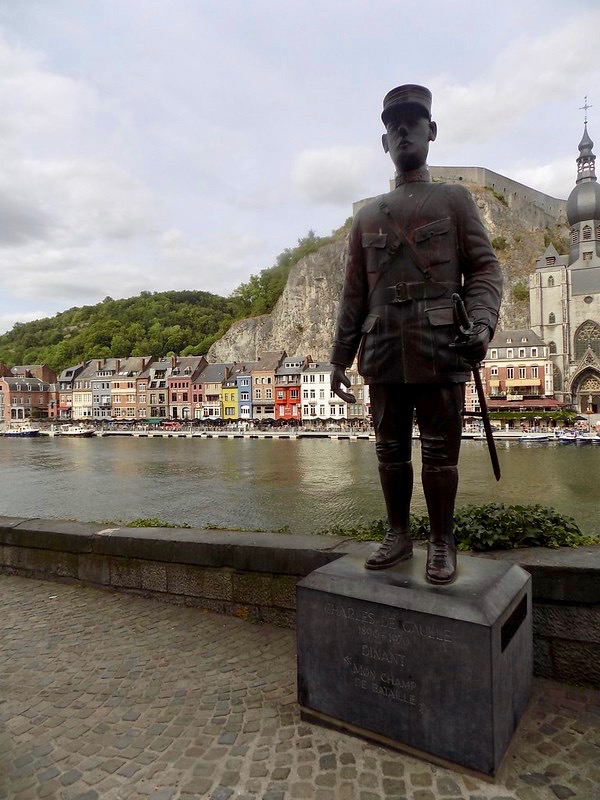Once again, monuments, specifically Civil War related monuments, have come under fire with many of these monuments torn down, defaced, or scheduled for removal. Opponents to the removals cry out that taking down these monuments erases history. Ask any historian and they will wholeheartedly dispute that charge.
To fully understand the place of monuments in historiography, the telling of history, one must put them in context. Each monument tells a story, a much more complicated and nuanced story than a statue of a man on a horse, the usual position although it sometimes varies. To place a monument in context, you have to know three primary things in addition to the features you observe visibly like the location. Context includes who put up the statue, the people who commissioned it, the artist who designed and/ or sculpted it and the workers who installed it, when they put up the statue, and why they erected the statue.
An inanimate block of marble will not tell everything the observer needs to know. At a minimum, the statue should bear a plaque giving the name of the subject, the date of installation, the name of the commissioner and the artist and a brief explanation of the motive. With that said, certain pieces of that information would mean more to history buffs like myself than those without that historical knowledge base. For example, if I saw a date of 2014 on a statue of Charles de Gaulle erected in a small Belgian city, I would surmise that the motives behind its commissioning had to do with his actions during the First World War rather than the Second since 2014 marked the 100th anniversary of the start of the First World War.
To take the previous example of the Charles de Gaulle statue a little further, I admit that most of what I know about that statue came from my competent tour guide. Hearing the story of how he helped liberate the city in the First World War added significantly to my knowledge about the man. Prior to that I knew only of his actions during the Second World War and afterward. I have two history degrees. Since one person cannot know all of history that’s why you need a person to tell the story, orally or in print. A monument by itself comes nowhere near telling the full story.
Ultimately, monument, statues, and memorials have one primary purpose, honor. You could also say remembrance or veneration. They play a huge part in history but not the only part. Who we memorialize tells so much about the memorializer not necessarily the memorialized. For example, the MLK Jr. memorial in Washington DC speaks volumes based on its location and the date of erection but not about MLK Jr. himself. Rather, it reveals so much about our government.
Monuments reveal a part of our history. Removing and relocating these monuments does not erase history. Rather, this act adds yet another layer to the complex story of humanity. Ignoring the origins creates ignorance. Calls for removal prompt discussion. Hopefully enough people are ready to listen.
